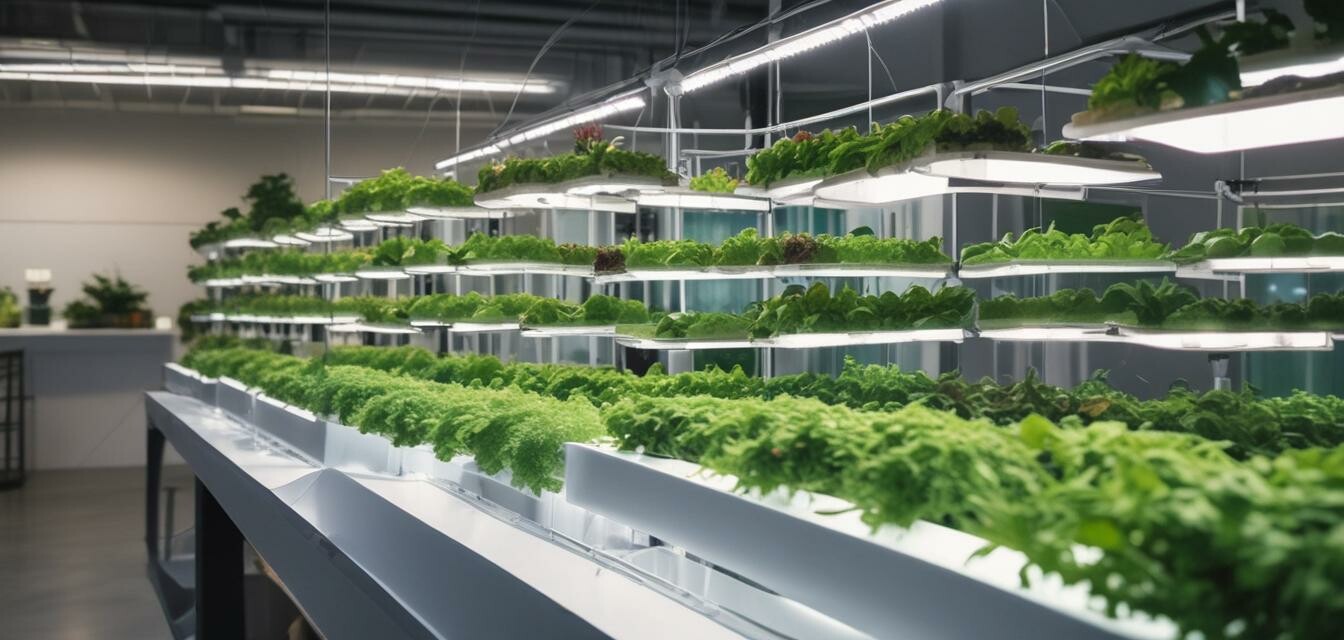
The Ultimate Buying Guide for Hydroponic Systems
Key Takeaways
- Understand the different types of hydroponic systems available for indoor gardening.
- Evaluate your space, budget, and personal gardening goals before making a purchase.
- Consider factors such as ease of use, maintenance, and the types of plants you want to grow.
- Explore additional equipment such as lights and environmental control for improved growth.
- Always read reviews and compare products to ensure you are making an informed decision.
Hydroponic gardening is an innovative method of growing plants without soil, making it possible to cultivate a variety of plants indoors at any time of the year. With different hydroponic systems available on the market, knowing which one is right for your intended use can be challenging. This guide will take you through everything you need to know to make an informed decision about your hydroponic system purchase in 2025.
Types of Hydroponic Systems
There are several types of hydroponic systems, each with unique benefits and potential drawbacks. Understanding these systems will help you make a sound choice based on your available space and desired plant types.
| Hydroponic System | Description | Pros | Cons |
|---|---|---|---|
| Deep Water Culture (DWC) | Plants are suspended in a nutrient-rich water solution, with air stones providing oxygen. |
|
|
| Nutrient Film Technique (NFT) | A thin film of nutrient solution runs over the roots of the plants. |
|
|
| Wicking System | Utilizes wicks to draw nutrient solution up to the plant roots from a reservoir. |
|
|
| Vertical Hydroponic System | Plants are arranged vertically, often utilizing a stacking or modular system. |
|
|
Choosing the Right Hydroponic System for Your Needs
When selecting a hydroponic system, consider the following factors:
- Space: Measure your designated area to determine what size system fits best.
- Budget: Establish how much you are willing to invest in your gardening setup.
- Maintenance: Determine how much time you can dedicate to maintaining the system.
- Plant selection: Decide which plants you want to grow based on the system's compatibility.
- Experience level: Beginners may want simple systems, while seasoned growers can opt for advanced setups.
Essential Equipment for Hydroponic Systems
In addition to the hydroponic system itself, there are several essential accessories to consider:
| Equipment | Description |
|---|---|
| Lighting solutions | Specialized grow lights to provide the necessary light spectrum for plant growth. |
| Environmental control equipment | Temperature and humidity monitors, along with control systems to maintain optimal conditions. |
| Nutrients and additives | Essential plant nutrients to mix with the water for healthy growth. |
| Pumps and accessories | Water pumps and aeration devices to circulate nutrient solution properly. |
Pros and Cons of Hydroponic Systems
Pros
- Space-efficient growing methods.
- Faster plant growth compared to soil gardening.
- Less water usage and reduced pests.
Cons
- Higher upfront cost for systems and equipment.
- Requires more technical knowledge.
- Maintenance of nutrient levels can be challenging.
Conclusion
Choosing the right hydroponic system can significantly impact your growing success. Make sure to consider your space, budget, and preferences to find the best fit for your needs. To enhance your hydroponic gardening experience, explore other product categories like Environmental Control Equipment and Lighting Solutions for Hydroponics. Reviews and comparisons of these products can further help you navigate through options, ensuring successful growth in your indoor garden.
With the right hydroponic system, growing fresh herbs, vegetables, and plants at home can become an enjoyable and rewarding hobby. Start your hydroponic journey today!